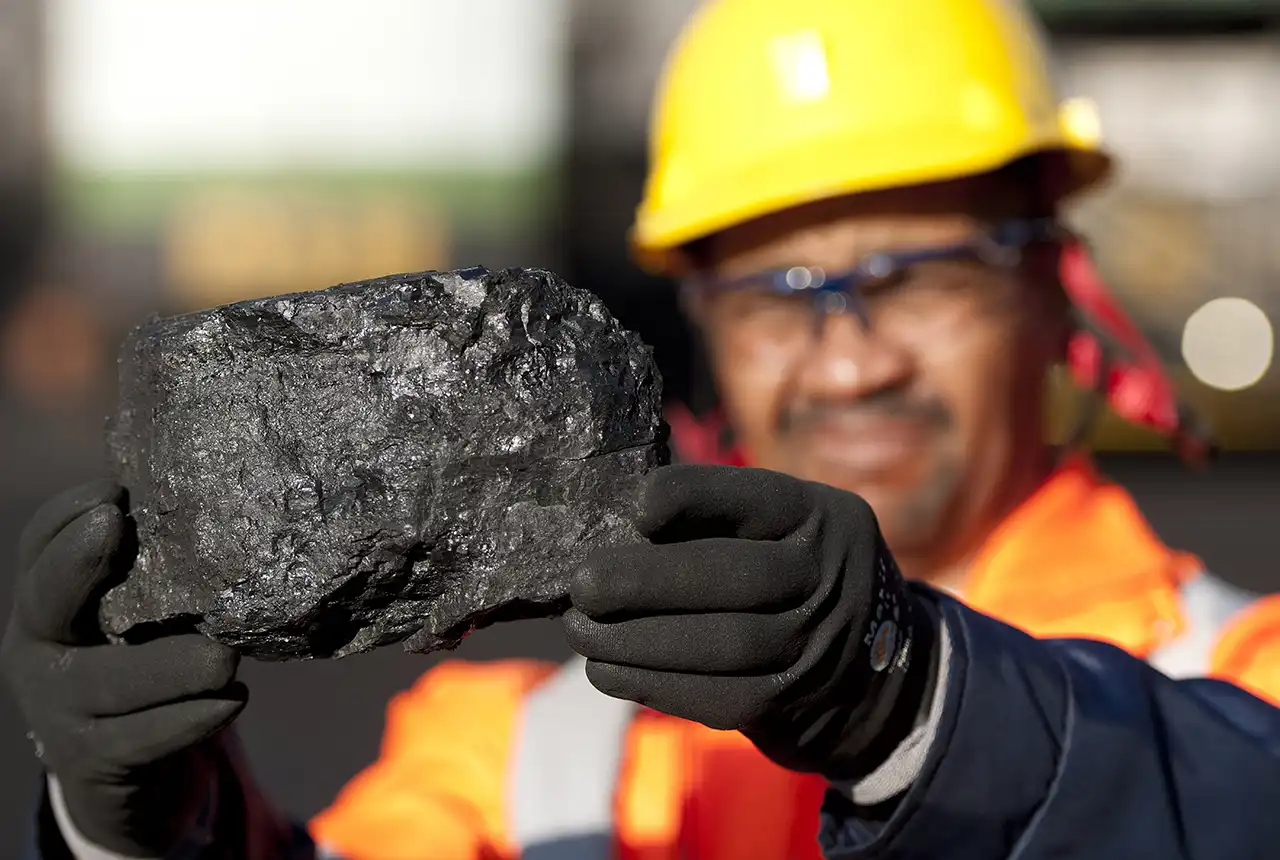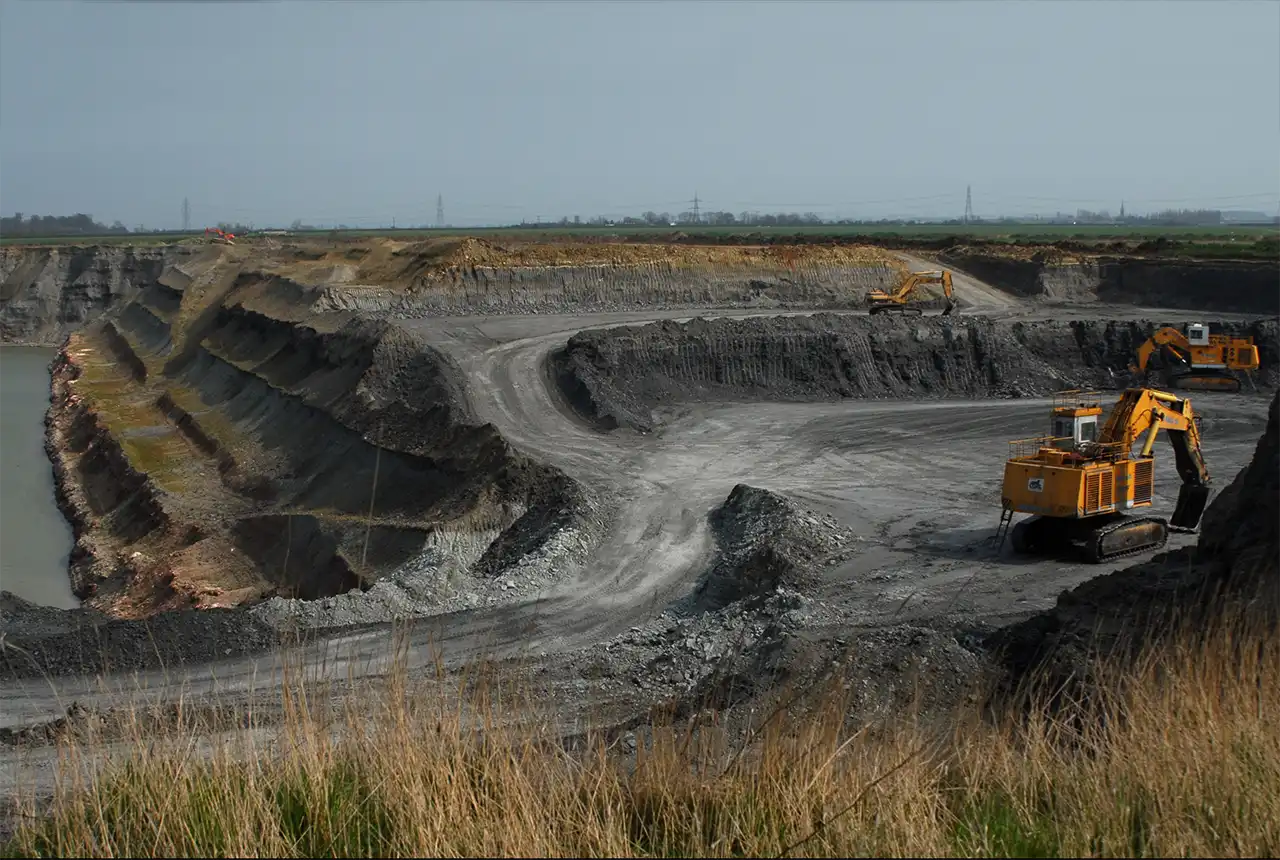BGS has been collecting location and other information about operating mineral workings in the UK since its formation in 1835. The current publication summarising this data is the Directory of Mines and Quarries (DMQ), Eleventh Edition, 2020. The DMQ is derived from data held in the BritPits database.

Directory of Mines and Quarries 2020 cover. BGS © UKRI.
This edition of the DMQ contains information on operational mineral sites in the UK during the period 2019 to 2020. Details of minerals produced or handled, geological formations worked, location and operator contact information are provided. These can be used for many purposes and are listed in a convenient form, firstly by commodity (natural gas; sandstone; limestone, etc.), then by mineral planning authority, and thirdly by operator (where known).
The Directory of Mines and Quarries 2020 is available directly from BGS as a free pdf download. If you would like a printed copy, please contact our sales desk.
BritPits
The DMQ is derived from the BritPits database, which holds information on both active and ceased mineral workings, including:
- geographic location and address
- mineral planning authority
- operator
- site geology
- mineral commodities produced
- commodity end uses
The data is held in a relational database using an Oracle server and interfaced with using a MS Access front end. There are currently over 230 000 records in the database and this number continues to rise in response to an ongoing systematic survey of former mineral sites in the UK.
Data is gathered from a number of sources:
- BGS’s own extensive records
- mineral planning authorities (MPAs)
- the minerals industry
- central Government departments and agencies (Coal Authority; Ministry of Housing, Communities and Local Government, etc.
BGS believes that BritPits is one of the most comprehensive and up-to-date information sources on mineral workings in the UK now available. The data can be used for many purposes (for example, generating mailing lists; route-planning; market intelligence and analysis and resource planning) and is currently supplied to a wide range of customers.
We can supply data on active mineral workings either as a digital copy of the Directory of Mines and Quarries or as digital database extracts. We typically supply the data in GIS-compatible formats including ESRI shapefiles and MapInfo TAB; however, it can also be made available in MS Excel spreadsheets. These are available to licence from BGS, together with data pertaining to ceased workings. A region-by-region indication of the data coverage is provided.

BritPits regions. BGS © UKRI – Contains OS data © Crown copyright 2020.

BRITPITS map. BGS © UKRI – Contains OS data © Crown copyright 2020
A digital index of the locations of all currently active mineral workings can be viewed on the BGS website using the Onshore GeoIndex (accessed through the ‘Our data’ section).
| Region code | Description |
|---|---|
| CHA | Channel Islands (Note: grid coordinates are UTM)** |
| CSCT | Central Scotland |
| EEN | East England |
| EMD | East Midlands (England) |
| IOM | Isle Of Man* |
| LON | Greater London |
| NEA | North-east England |
| NIR | Northern Ireland |
| NSCT | North Scotland |
| NWE | North-west England |
| NWLS | North Wales |
| SEA | South-east England |
| SSCT | South Scotland |
| SWE | South-west England |
| SWLS | South Wales |
| WMD | West Midlands (England) |
| YHU | Yorkshire and Humberside (England) |
* supplied with Northern Ireland
**supplied with South-west England
You may also be interested in

Construction minerals
Construction minerals include a wide range of materials including brick clay, building stone, construction aggregate, sand and gravel, gypsum, lime and cement raw materials.

Industrial minerals
Industrial minerals are all those minerals, including construction materials, with an economic use typically excluding energy minerals, metals and gemstones.

Coal
BGS information and maps on UK coal resources.

Industrial Mineral Assessment Unit (IMAU) reports and maps
IMAU survey reports on British sand and gravel, and other industrial mineral resources.


